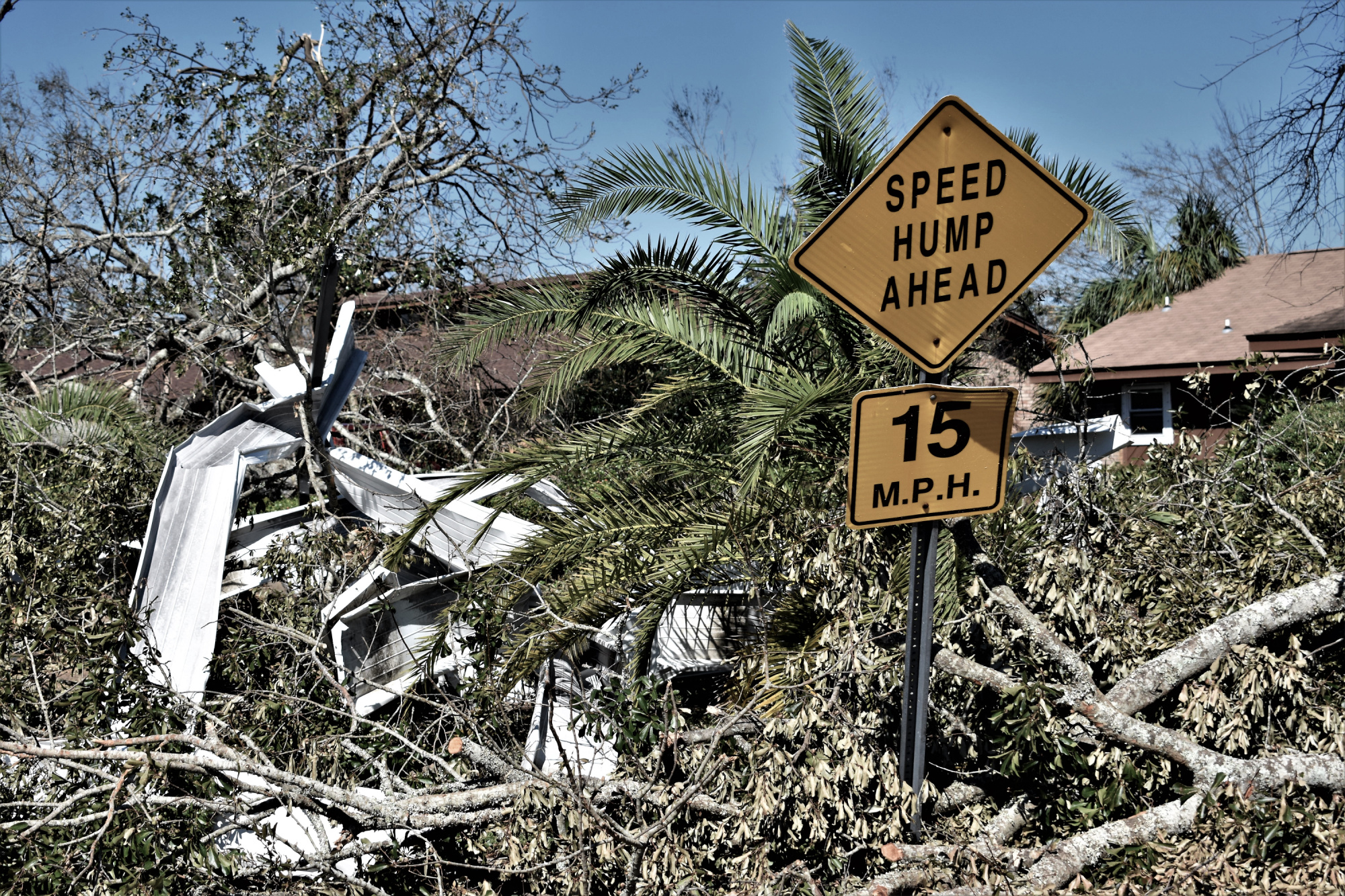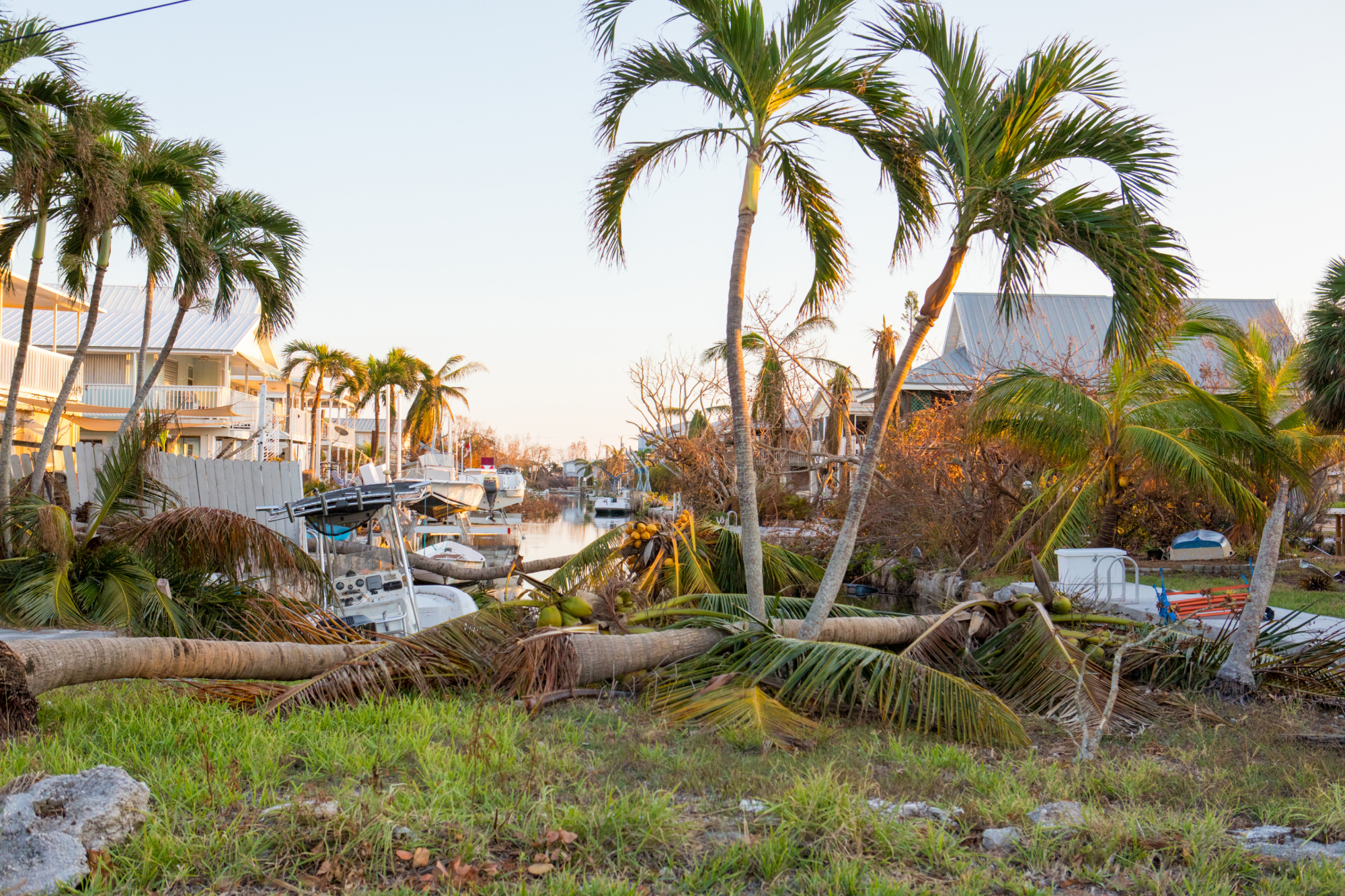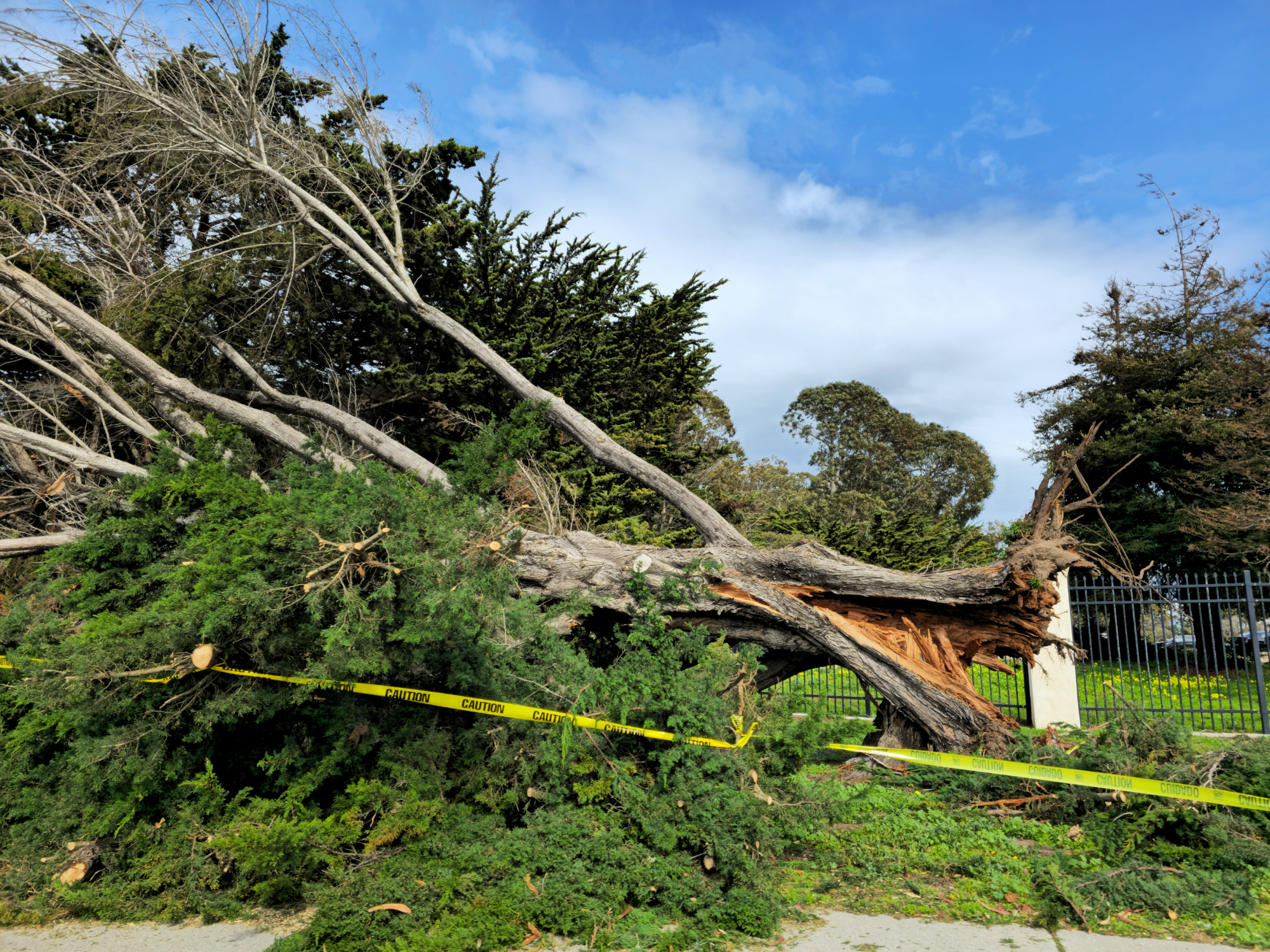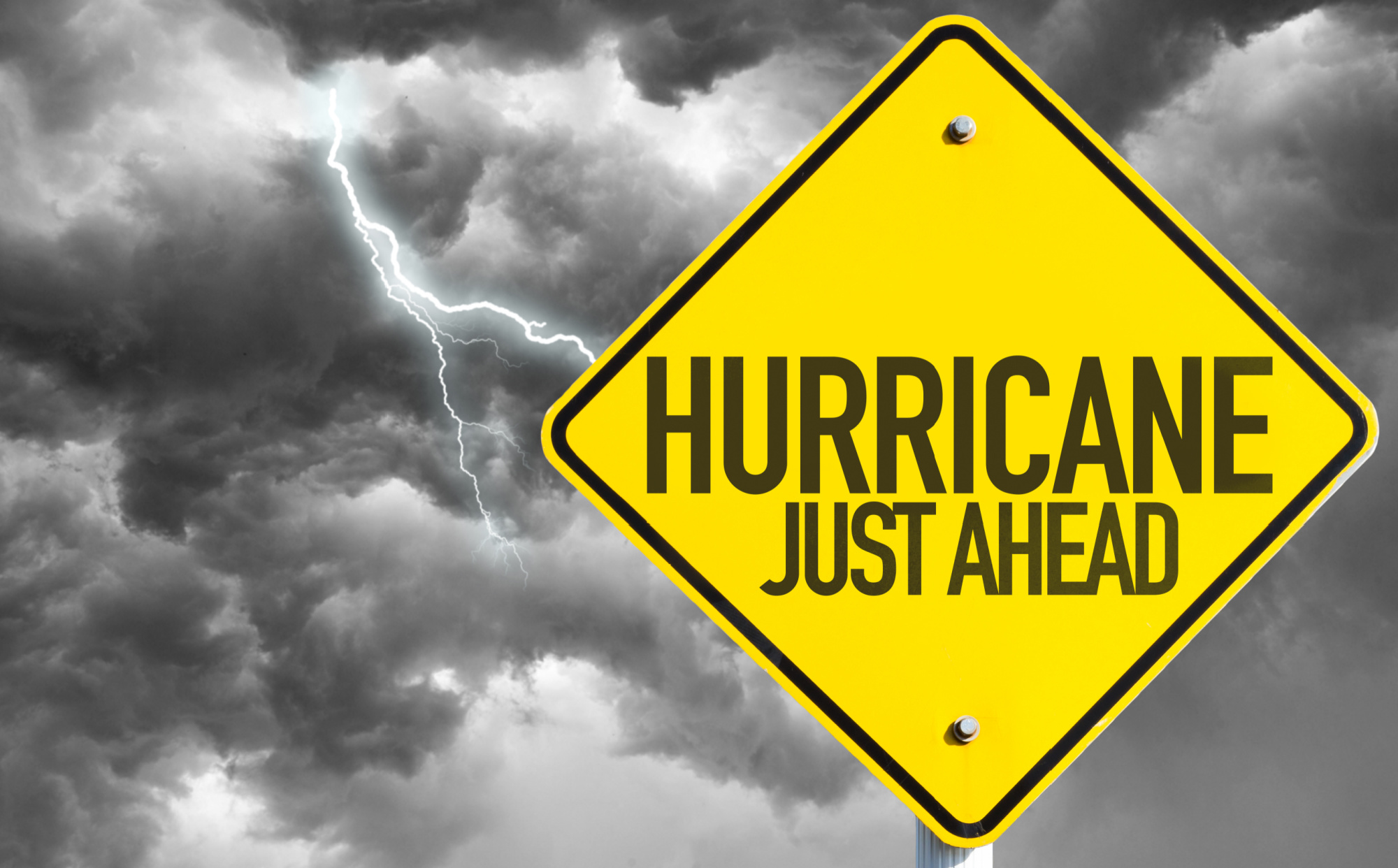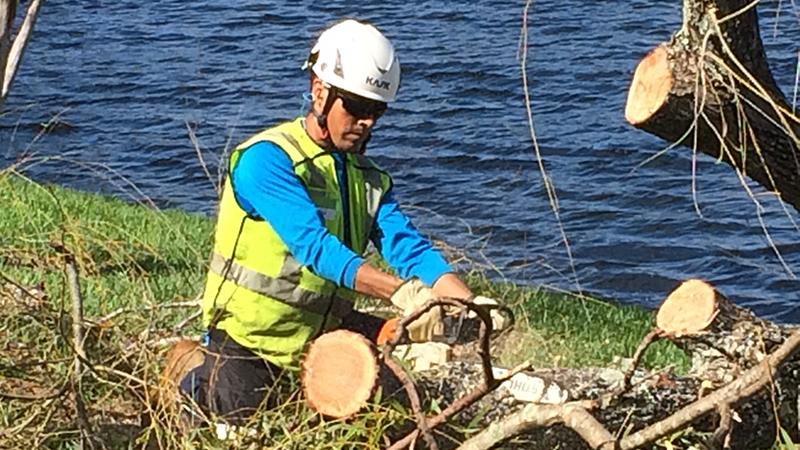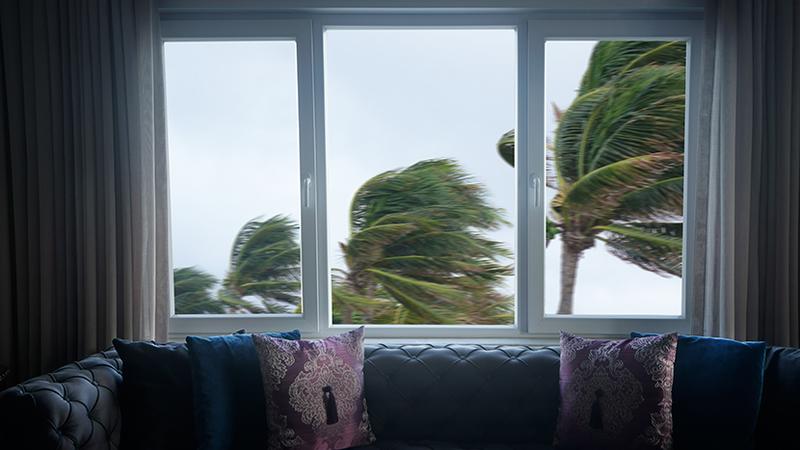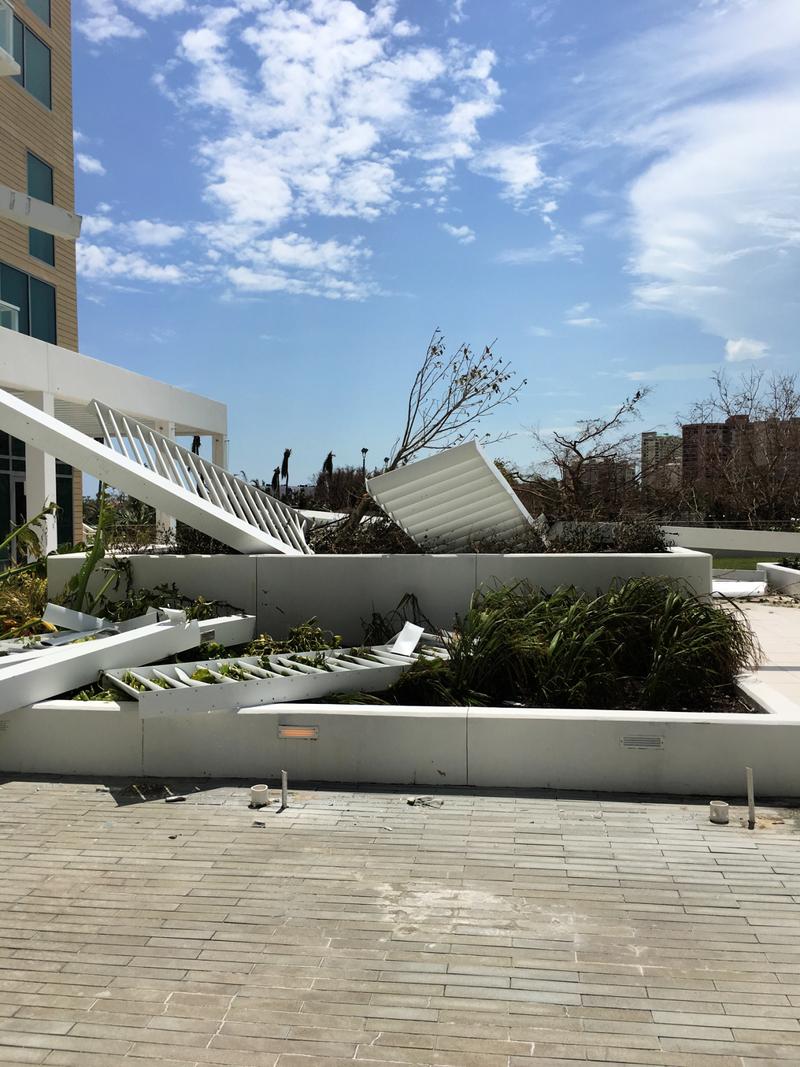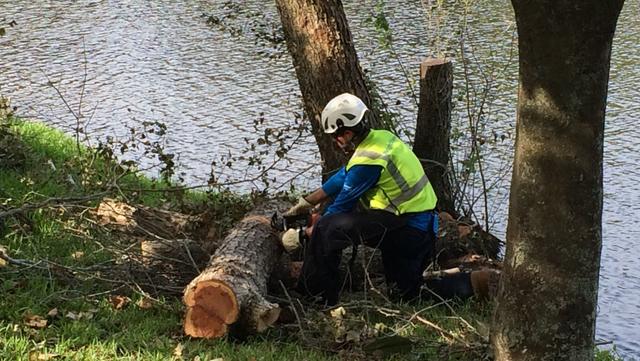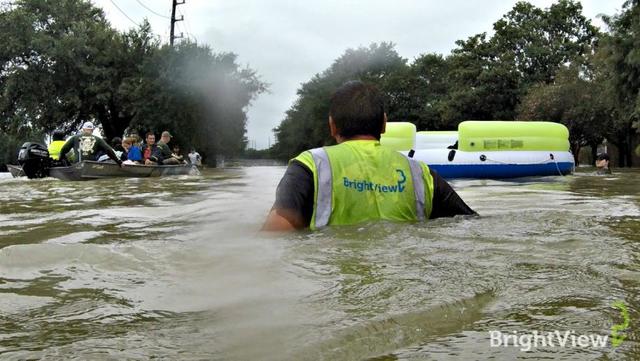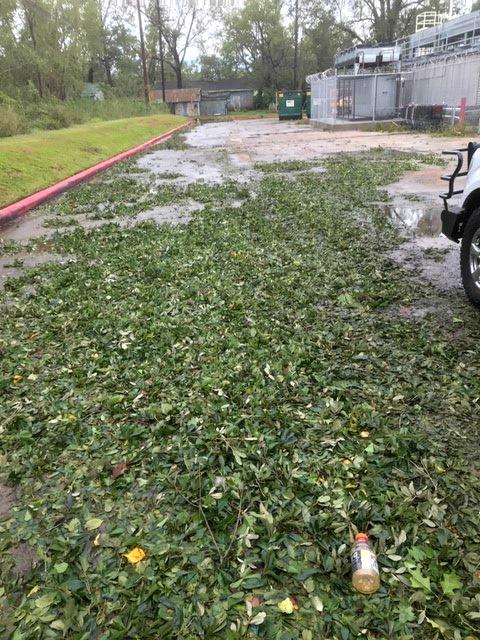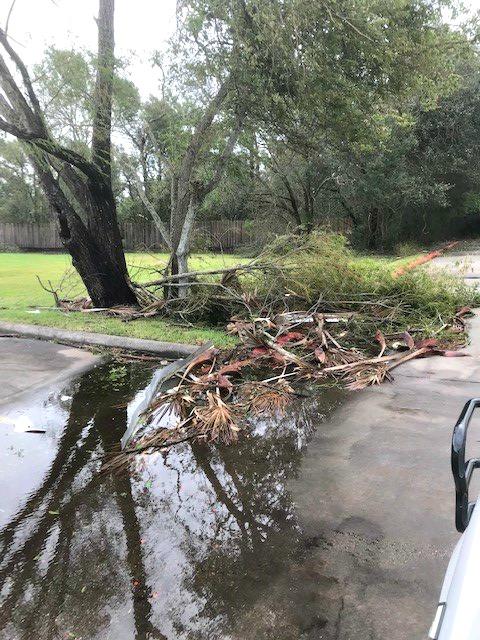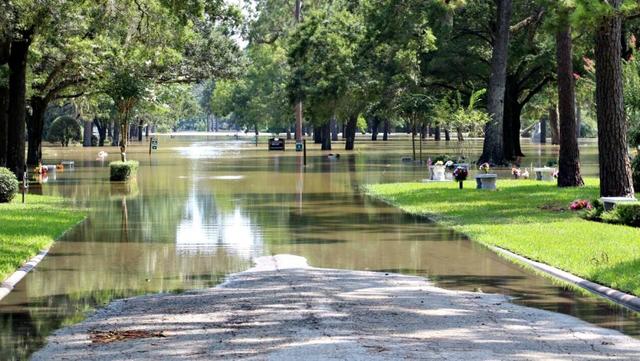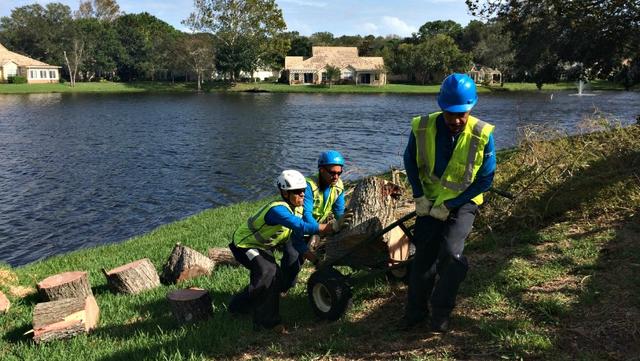Your Local Disaster Response Team with Nationwide Support
As hurricane season approaches in Florida, safeguarding your landscape becomes paramount. At BrightView, we prioritize the care of your landscape, your safety, and your peace of mind.
In the event of a storm, we leverage our extensive local and national resources to mobilize crews and swiftly provide expedient storm clean-up services. Our goal is to keep our clients' properties safe and ensure timely access to emergency services and necessary resources in our local communities — a strategic response that only BrightView can provide and preauthorize.
Who will weather the storm with you? Let BrightView give you the confidence that in the event of the worst, you're in the best hands. With our dedicated team and comprehensive resources, we're here to support you every step of the way.
Stay prepared, stay safe, and let BrightView be your partner in hurricane resilience.
(For the full transcript, see below.)

Video Transcription
As Floridians, we know the importance of preparation, yet sometimes it's not enough to get you through.
Checklists can only take you so far, but the right people will be with you every step of the way.
At Brightview, we care for you with 40-plus fully equipped Florida branches, each with a certified Arborist on staff and hundreds of employees in the state ready to mobilize at a moment's notice.
We leverage our national footprint to position crews from across the country closer to you for the most expeditious storm cleanup response possible so in the event of the worst, you'll be in the best hands.

